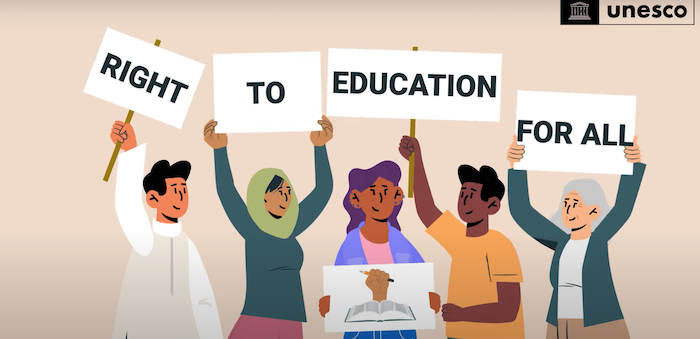Historically, in Nigeria, media and public literacy are a union that can’t be divorced. For decades now, right from the pre-independence and early independence era and even during the regional government time, public broadcasting media have mostly been used for education and literacy skills dissemination aside from news and information sharing.
A lot of learning programs and initiatives for children and even adult learners were aired on radio waves and printed in newspapers getting affordable and accessible education to people even in hard-to-reach areas.
Some of these programs still retained by some media organizations come in the form of kiddies learning games and quiz or story reading shows on Radio or TV and word cross and puzzle games in newspapers.
Even in our evolved society with increased access to education and more advanced literacy initiatives, the role of media in promoting public literacy, particularly in Nigeria and sub-Saharan Africa, is as critical and ongoing responsibility as delivering timely and accurate news.
Media and technology have long been integral to educational practices since the early 20th century. Media such as radio, television, and later internet and even social media platforms have been used to enhance learning and reach broader audiences, especially in areas where traditional educational infrastructure is limited.
Nigeria, like many other countries in sub-Saharan Africa, still faces significant challenges in terms of public literacy. The national literacy rate in Nigeria is estimated to be around 69%, according to the Federal Government, with varying disparities across regional and demographic lines. While the literacy rate of youths, male gender, and those in southern Nigeria is relatively higher than their counterparts in their respective spheres, the numbers are still generally low. More work needs to be done to meet global trends and development goals. For instance, to achieve Sustainable Development Goal (SDG) 4, Nigeria needs to reach a 94% youth literacy rate, but at the current pace, it would take approximately 21 years to achieve this goal.
There is also a rapidly evolving literacy need where basic reading, writing and numeracy skills don’t satisfy literacy needs anymore. The need for new literacy like digital literacy, tech literacy, data literacy, media literacy and even AI literacy is a significant space for media literacy campaign projects.
Media with its inherent resourcefulness, in human capital and infrastructure, and being a sector dealing in knowledge sharing has more comparative advantage to help promote mass public literacy than any other sector. Especially with its far-reaching digital platforms, media can offer unparalleled access to educational content leveraging mass literacy programs and initiatives to further the race towards public literacy goals.
In Nigeria, where a significantly growing portion of the population has access to mobile phones and the Internet, media can reach a wide audience, including those in remote areas. Modern media platforms can also provide a diverse range of educational content, from basic literacy programs to advanced courses in data and AI literacy.
This diversity in literacy skills acquisition is crucial for addressing the varied educational needs of different demographics. More importantly for the youths and young adults who are growing to become players in a workforce that is now more global than ever, having these literacy skills will help them compete more favourably with their counterparts in other parts of the world.
[READ ALSO: Journalists’ safety essential for press freedom – Olorunyomi ]
Digital media can engage learners through interactive multimedia content, such as text, infographics, videos, podcasts, and online courses, which can be more effective than traditional methods in retaining learners’ attention and fostering deeper understanding.
Media-based educational programs can be more cost-effective than traditional methods, especially in resource-constrained environments. This makes it feasible to scale up educational initiatives without incurring significant financial burdens.
There are already various media-led initiatives taking public literacy projects seriously and they are yielding significant gains for society and even the media houses. However, more conscious effort needs to be made to scale these initiatives. Collaboration, partnerships and sponsorship by individuals, and private and even public organizations will increase the impact of these projects.
The responsibility of media in promoting public literacy in Nigeria and sub-Saharan Africa is multifaceted and ongoing. Given the current literacy levels and the challenges associated with traditional educational systems, media offers a viable solution for enhancing educational outcomes. By leveraging digital media platforms, educational content can be made more accessible, engaging, and cost-effective.
As we move forward in this era of digital, media, data, and AI literacy, media must continue to play a central role in promoting public literacy, ensuring that all individuals, regardless of their demographic background, have the skills necessary to thrive in a rapidly changing world.
[READ ALSO: Internship: How I got the right fellowship and mentorship ]

